Akeroyd Collection
Works
Oliver Payne & Nick Relph, Essential Selection (Driftwood; House & Garage; Jungle), 1999-2001
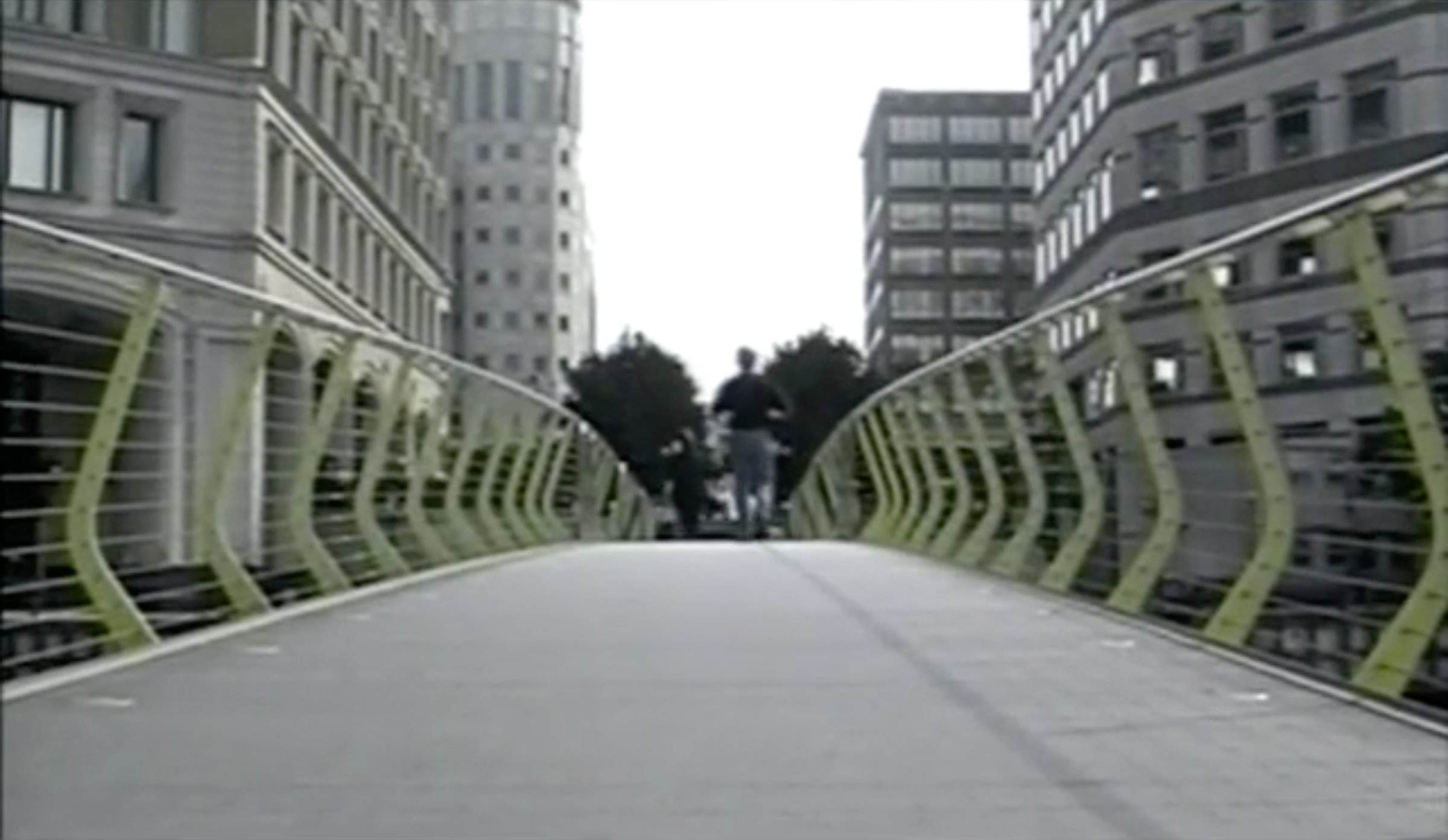
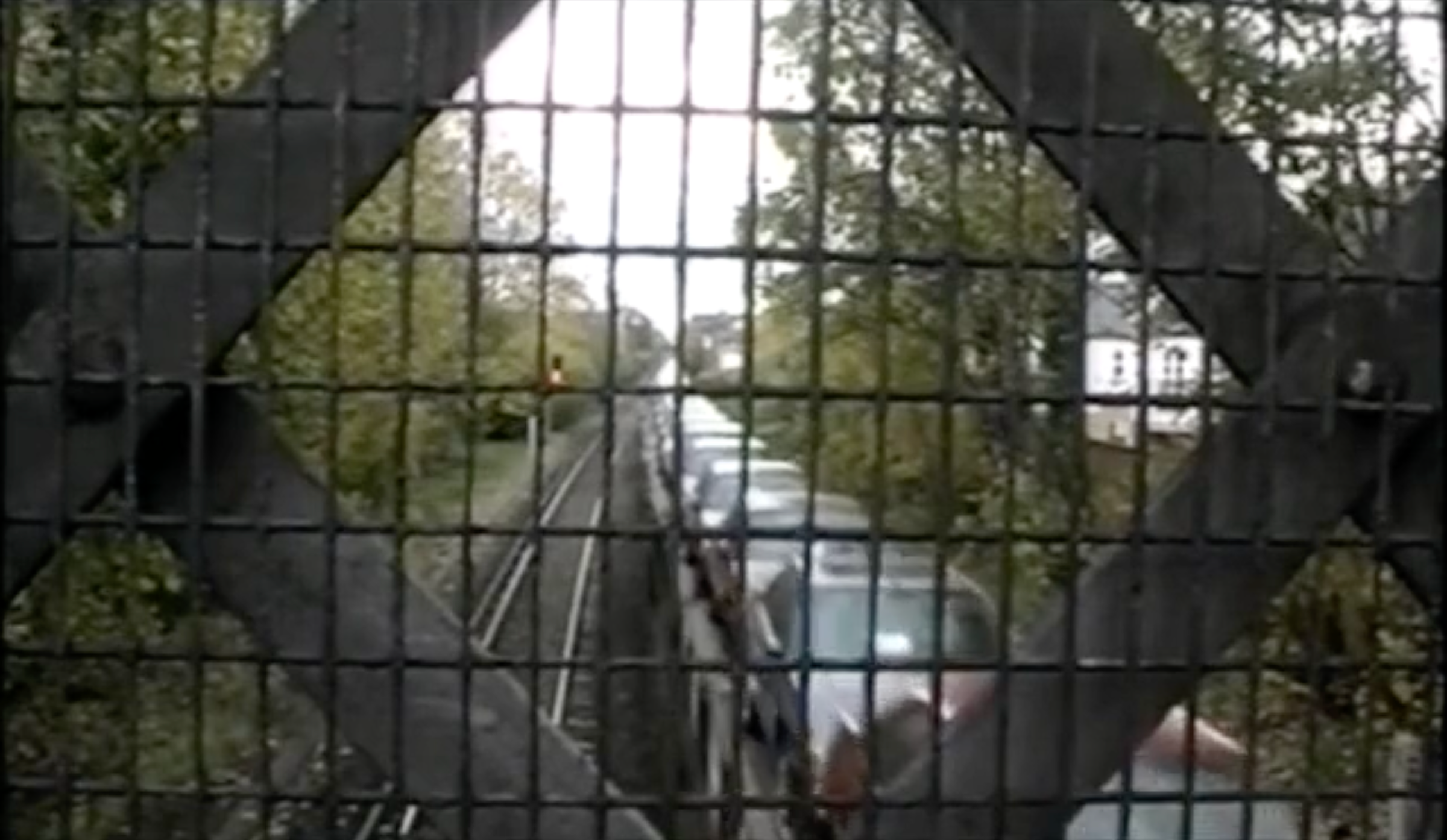
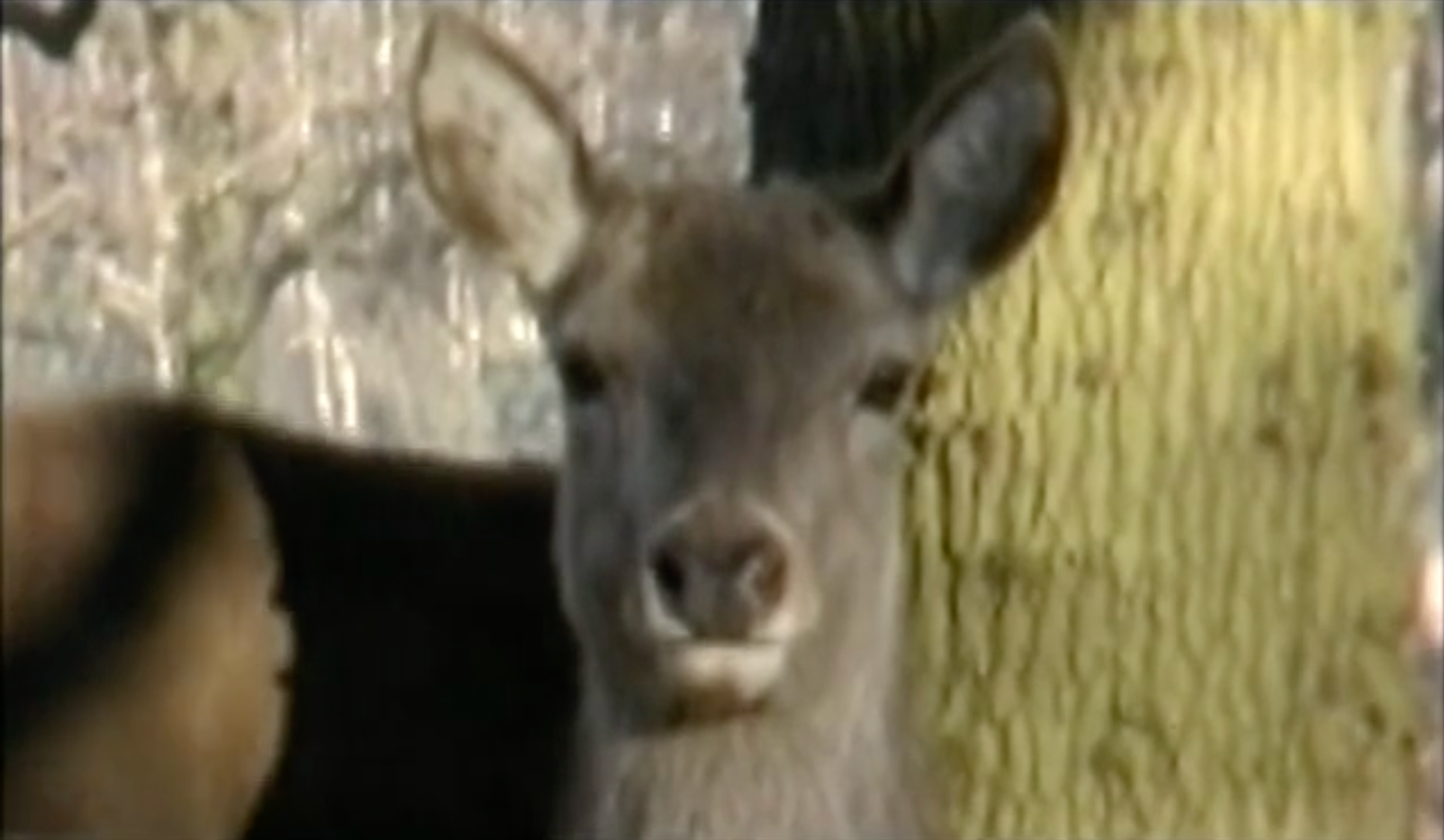

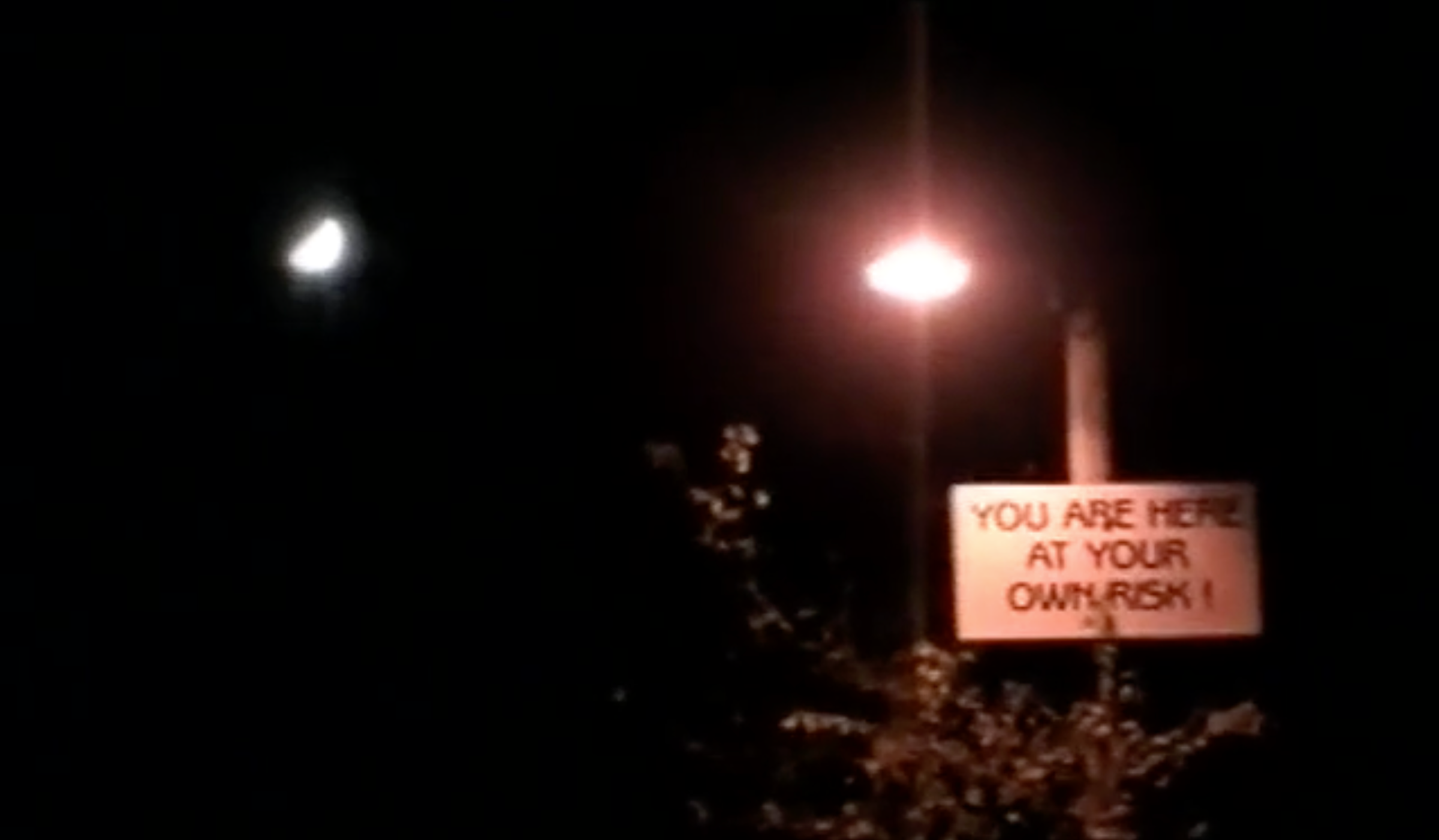
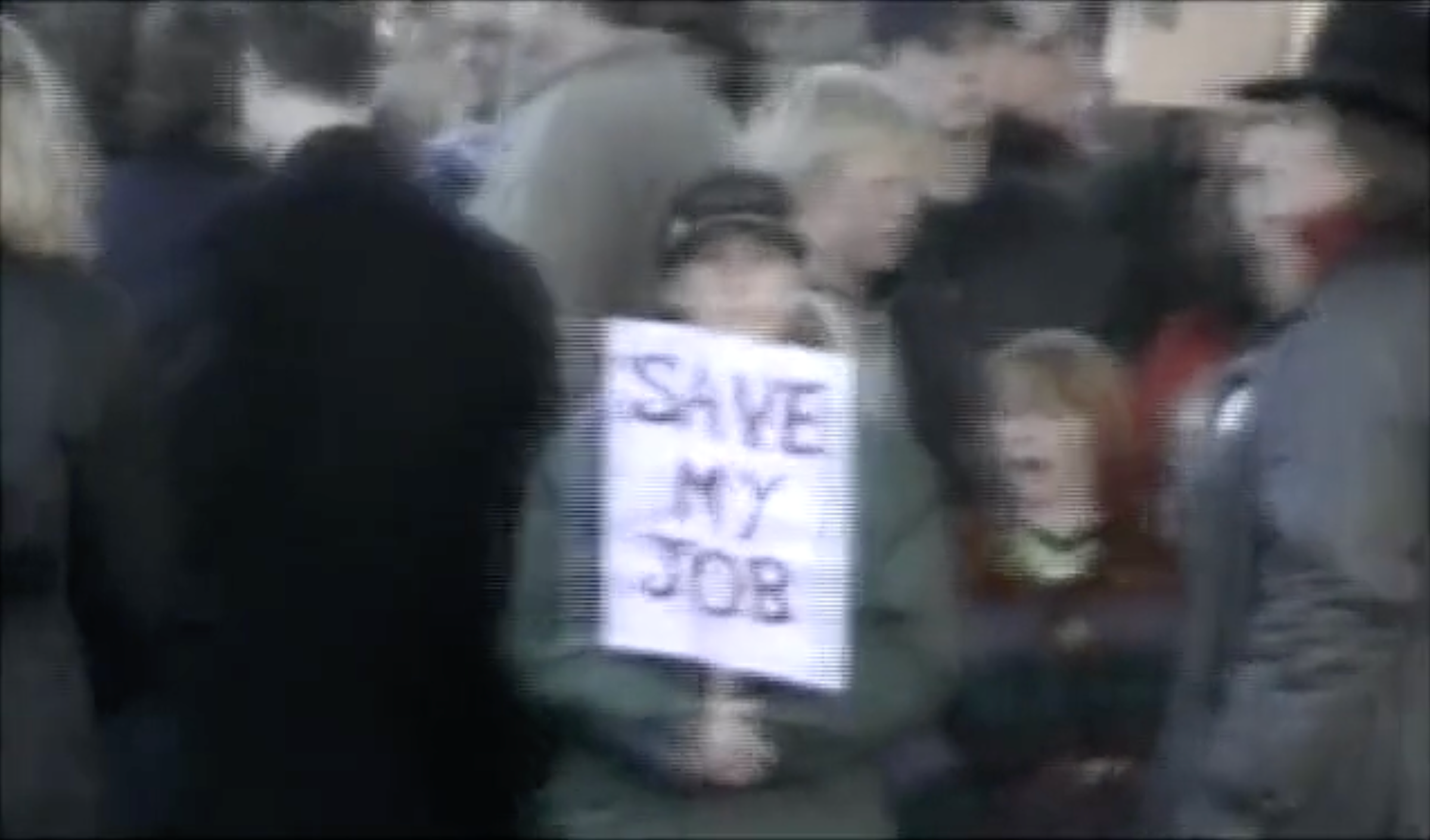

The Essential Selection (1999-2001) consists of three films entitled Driftwood (1999), House and Garage (2000) and Jungle (2001); a trilogy about London, its suburbs and the surrounding countryside. Driftwood is a dry commentary on London’s civic wellbeing, paying a clear homage to Patrick Keiller’s film London (1994), itself a quasi-fictional anatomy of industrial and commercial spaces of London and its effect on the narrators physical and mental condition at the end of the 20th century. The Payne and Relph version centres on skateboarding as a way to carry the social commentary. As an activity that is by nature an illicit architectural intervention, its study and critique necessarily address the social and architectural conditions of a given site, becoming a perfect, and literal, vehicle to dissect and examine the street from these perspectives. The film opens with an assessment of the Waterloo area and the South Bank Centre. The smooth surfaces and concrete ramps are perfect for skateboarding despite the authorities’ attempts to put obstacles in their way. The film then makes similar critiques of Canary Wharf, Earls Court and Mayfair before outlining the origins of Soho as founded by Greek Christians fleeing Ottoman persecution in the 1670s. The artists and revolutionaries, later including Francis Bacon and Lucian Freud who came to settle there, are subsequently characterized as the heirs to such histories. The second and third films of the trilogy, House and Garage and Jungle make reference to British musical genres while also presenting markers for a type of place. House and Garage references desirable home ownership and the suburban aspirational class. While Jungle offers a type of exoticism and mystery. Adopting the home movie format, House and Garage depict a space where imported cultures appear incongruous with middle England. A man in a cowboy hat performs a country and western line-dancing routine in a domestic interior while another scene captures a group of teenagers rapping to drum and bass music. Jungle moves from unlikely local UFO sightings to pagan and medieval community rituals in small rural towns. Relph and Payne call this kind of mobile reportage ‘power-dossing’ and it has a long heritage, traceable to the Situationist International group and even further to the nineteenth-century figure of the flâneur that became popular in artistic and literary circles. A concept developed by Charles Baudelaire (1821-67) in the nineteenth century and was adopted by French Surrealists in the 1920s, the flâneur might occupy themselves meaningfully by wandering streets and its social life in order to absorb its beauty, gossip and human encounters. The Situationists, aided in Guy Debord’s pointed Marxist social critique, went further and saw it as a fundamentally radical preoccupation that held the possibility of overthrowing capitalism through subversive cultural acts.
| Medium | Video transferred to DVD |
| Duration | 90 minutes |
| Edition | of 20 |